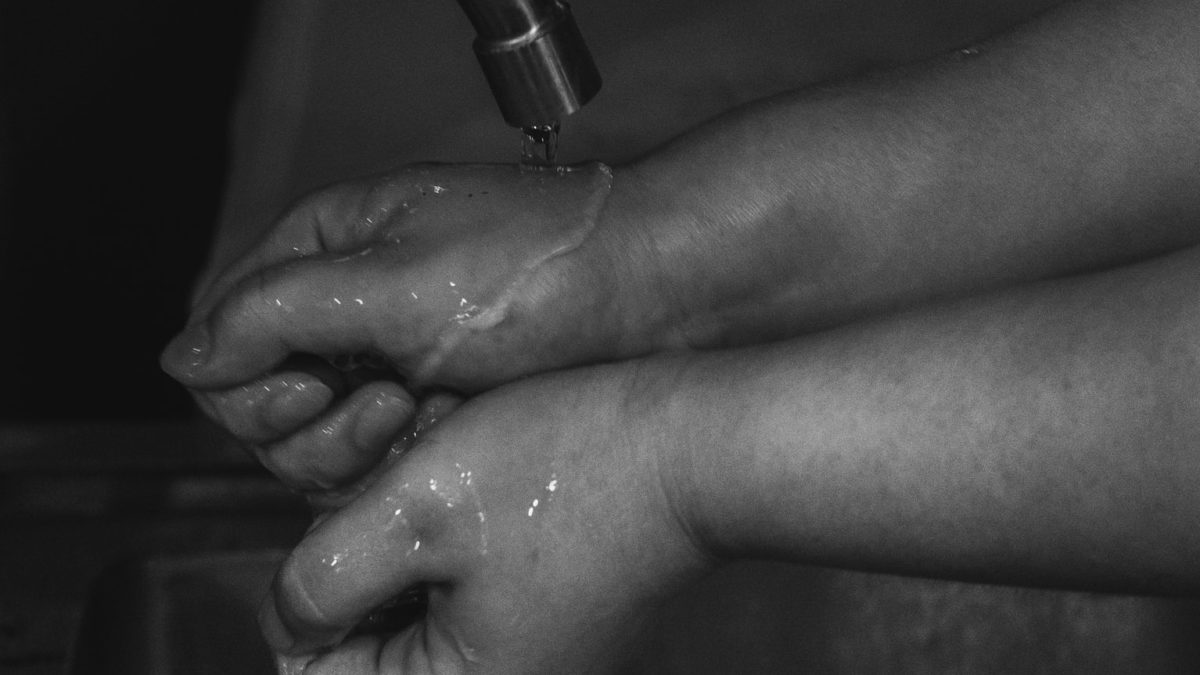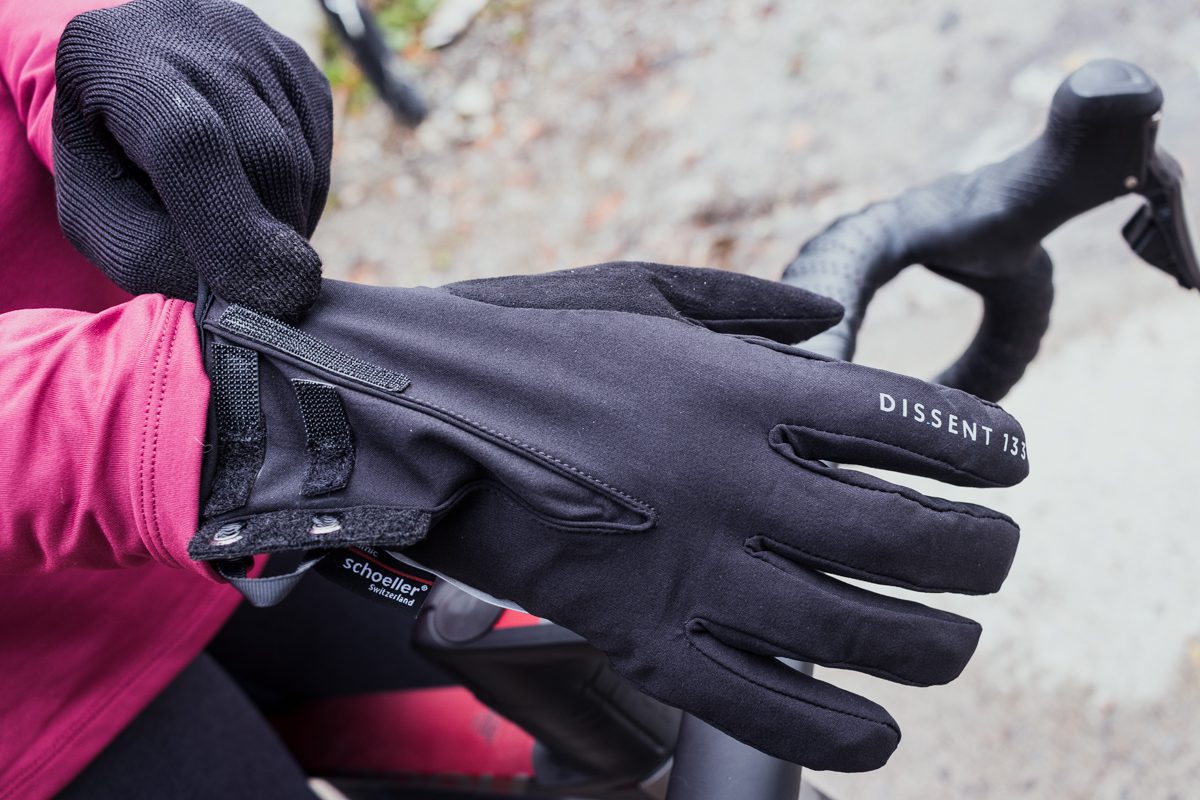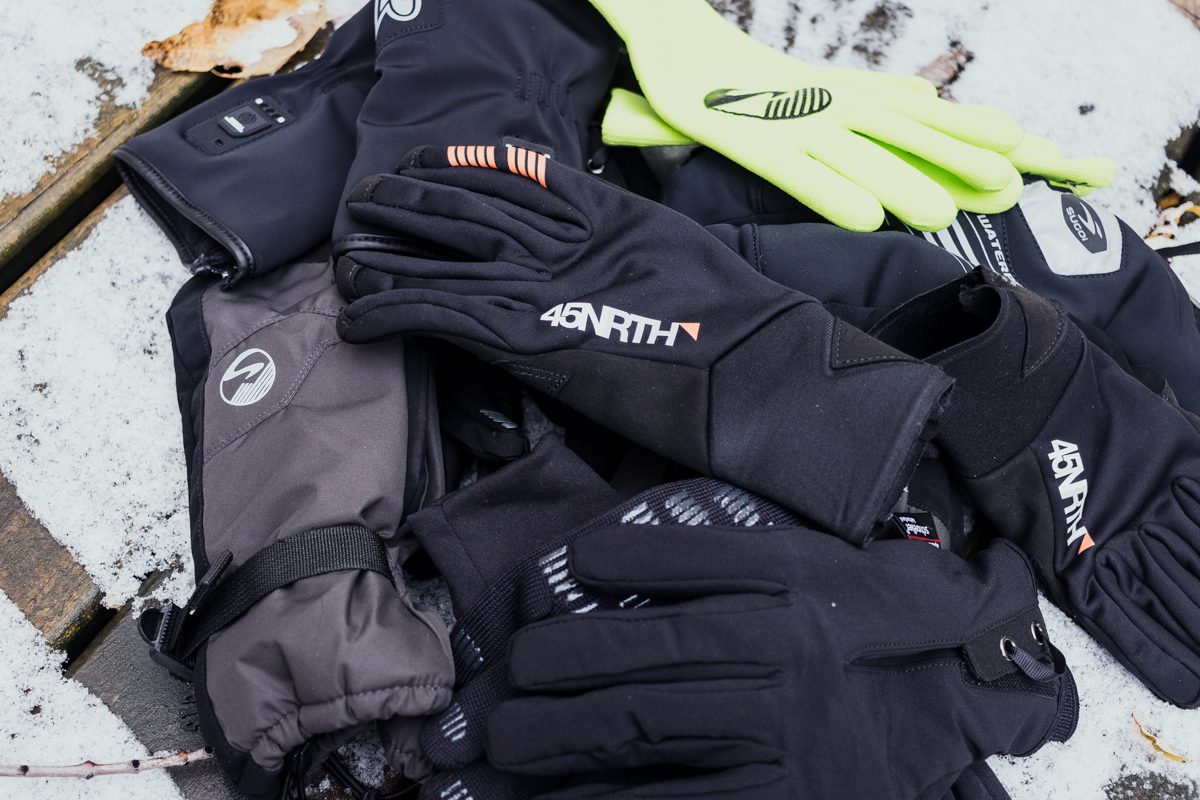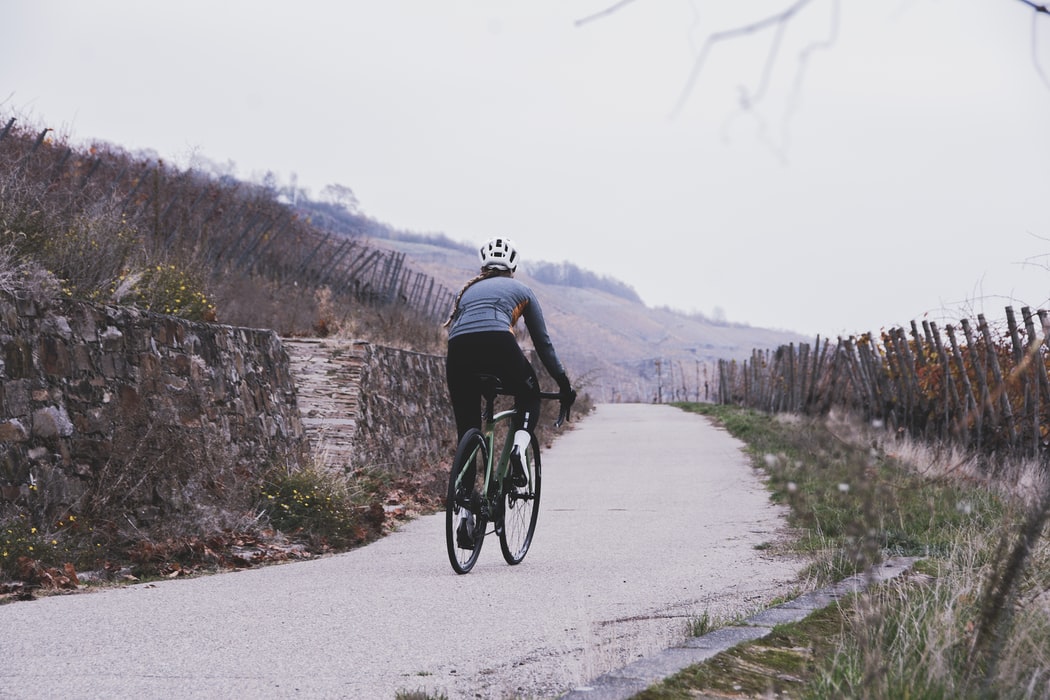Why defrosting your hands and feet after a cold ride hurts so much and how to avoid the pain
Professor Popsicle explains the science behind your frigid extremities
 Photo by:
unsplash/莎莉 彭
Photo by:
unsplash/莎莉 彭
Ask any cyclists what part of their body gets the coldest on winter rides and they will likely answer the hands and feet. Mostly immobilized during a ride, these extremities are prone to getting very cold—despite our best efforts to keep them warm. If you’ve ever under-dressed for the weather you’ll remember the excruciatingly painful feeling of your hands and/or feet thawing out once you get home. Though it may seem like it’s just a part of riding in the winter, these painful experiences can, and should, be avoided with the right planning.
Why does it hurt so much?
While your hands and feet might be pretty uncomfortable in the cold, if you’ve been out riding for long enough the discomfort of defrosting your extremities can be shockingly painful.
Gordon Giesbrecht is a professor of environmental physiology at the University of Manitoba. Known as Professor Popsicle, Giesbrecht studies the effects of extreme environments, including cold, on the human body. He says that when you’re warming up from the cold you will always get some degree of vasodilation (widening of blood vessels, which results in increased blood flow) in your hands. “If you have quick vasodilation you have the blood flow going to your fingers which warms up tissue,” he says. “Receptors that weren’t working before now work, so now you can feel things more,” Which explains the sudden increase in pain.
To add to the discomfort, he says that cyclists will also have probably accumulated metabolites in these areas that haven’t had a chance to be flushed out.

Is it dangerous?
Most of the time experiencing cold extremities from a winter ride doesn’t result in frostbite, but Giesbrecht says there is still a health risk at hand. “You don’t have to freeze your fingers solid to get an injury,” he says. Nonfreezing cold injuries (NFCIs) hurt nerves and blood vessels and can cause persisting long-term symptoms such as neuromuscular issues and cold-sensitivity. “Just like frostbite it can mess up your blood flow,” says Giesbrecht. He says if you ride a few times each year with poorly selected gear, “you’re probably ok,” but if it’s a consistant problem there may be cause for concern.
“Numbness is a big warning sign for cold injury,” says Giesbrecht. He says you should never accept numbness during a ride. “When something that feels cold now feels numb, your receptors and nerves aren’t working and your tissue is at risk of damage.”
What to do if you’ve under-dressed
It will be tempting to go through these steps at a mid-ride stop but, according to Alberta’s Health Information documentation: “The injury will be worse if your skin freezes, thaws, and then refreezes.” If you know you still have a long way to ride with inappropriate outdoor gear, it’s best to simply get home as quickly as you can.
The first thing you’ll want to do when you do get home is take off your shoes, socks, gloves etc. and put on some warm, dry clothes. Start to gently flex your hands and feet to get the blood moving back into them. Don’t rub the skin and try to avoid using your hands and/or feet for anything.
For hands start by blowing warm air onto them, then tuck them inside warm clothing next to bare skin somewhere warm like under your armpit.
Warmed towels or a hot water bottle covered with a cloth can be used on your hands and feet. If you can stand it, you can place your extremities in water around 40°C, but not much warmer.
Avoiding cold hands and feet
The most logical solution to this problem is obvious—wear warmer clothes. Practically speaking, that’s not always so simple. Gloves and socks might seem warm enough when you leave your house, but it’s hard to know how they’ll perform an hour in to a windy winter ride.
Insulation
Giesbrecht says there are three things you can do to reduce vasoconstriction (the contracting of blood vessels which reduces blood flow to an area) on rides. Insulation, heat and acclimatization. He says to start with well insulated extremities. Tricks such as wearing two pairs of gloves, heated gloves or even getting bar mitts can make your ride much more pleasant—and the après-ride warm-up a lot less painful.

Heat
Regulating your heat isn’t exactly intuitive when you’re exercising in the cold. If you over-insulate the skin on your limbs and torso they might get too warm, causing you to sweat more. “The goal is to keep yourself a little cool before you start riding, so you don’t sweat as much once you start working,” says Giesbrecht.
The body uses sweating as an important means of thermoregulation, and the hands and feet are key heat dissipators. Though sweat is useful when you’re exercising in the summer, at cold temperatures it can dramatically decrease the temperature of your extremities. Giesbrecht suggests taking off some layers or wearing something you can unzip on your core right before you start riding. “It’s ok to feel a little cool before you start,” he says. “You’ll soon be producing heat and warming up.”
If you do try layering down to decrease sweat production, make sure you’re focusing on your torso and limbs, as you’ll still want to keep your hands and feet as warm as possible.
Acclimatization
Giesbrecht’s last piece of advice to adapt your body to the cold. Just like heat adaptation, cold acclimatization happens gradually, with a combination of increasing cold exposure and time. “Acclimatization, in this case, is decreasing your response to the same stimulus you’ve been exposed to over and over again,” he says. “Gradually increase your exposure to cold and you’ll be less vasoconstricted and your fingers and toes will cool less.””
Giesbrecht suggests riding outside half an hour a day (as the seasons change if possible), to adapt your body to the cold weather. If you’re going from only riding indoors to your first outdoor winter ride you’ll want to plan a few shorter routes to let yourself acclimatize to the cold weather before diving into a long outdoor ride.

